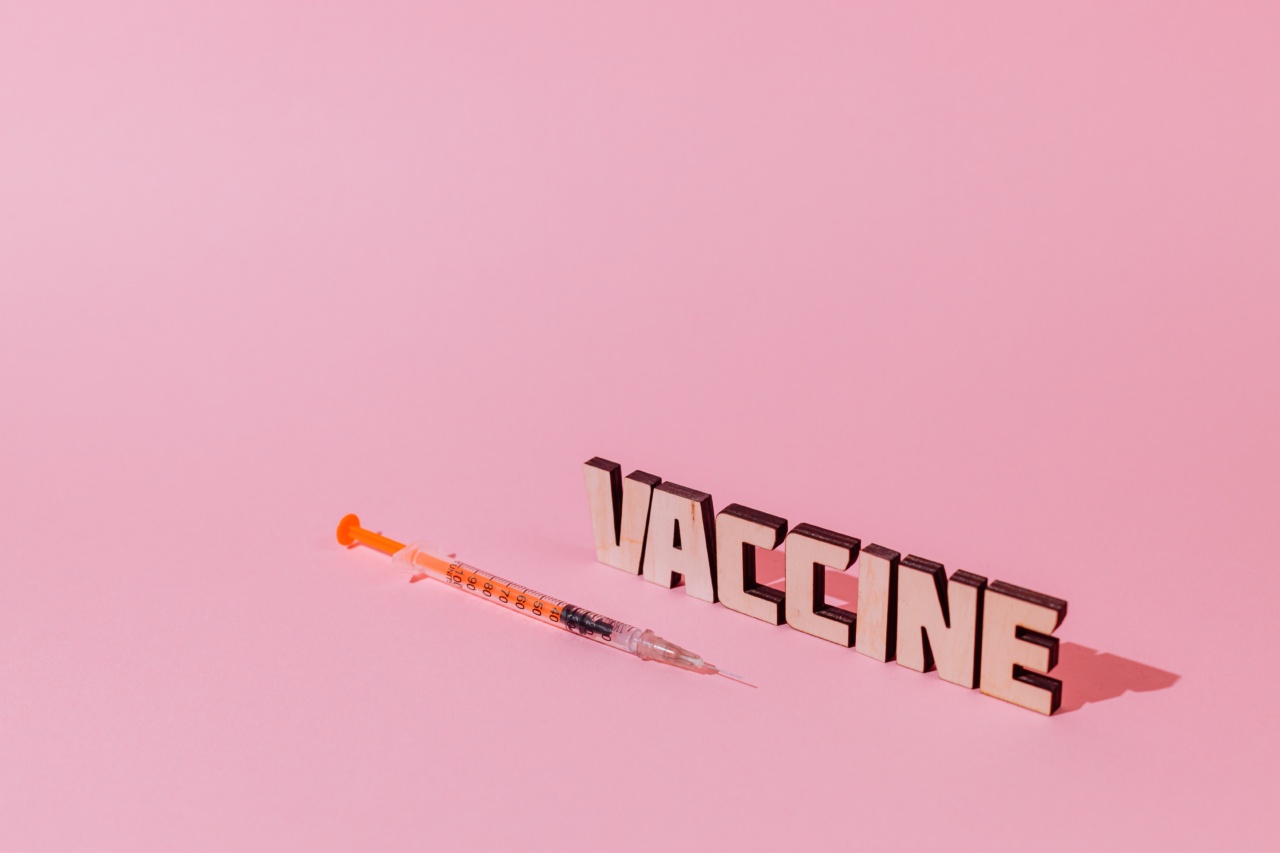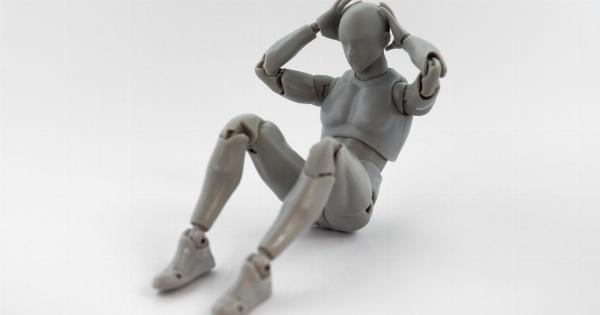A hernia is a condition that occurs when an internal organ or tissue pushes through a weak spot in the surrounding muscle or tissue. It can cause pain, discomfort, and a bulge in the affected area. Hernias can happen to anyone, from infants to adults.
Types of Hernias
There are various types of hernias, classified based on their location in the body. The most common types of hernias include:.
1. Inguinal Hernia
An inguinal hernia is the most common type of hernia, and it occurs when tissue from the intestines pushes through a weak spot in the inguinal canal in the groin. It is more common in men than women.
It can cause pain or discomfort in the groin and a noticeable bulge in the area.
2. Hiatal Hernia
A hiatal hernia occurs when a part of the stomach protrudes through the diaphragm and into the chest. It can cause chest pain, heartburn, and difficulty swallowing.
3. Umbilical Hernia
An umbilical hernia occurs when an internal organ or tissue pushes through a weak spot in the abdominal muscles around the belly button. It can cause pain or discomfort and a bulge or swelling around the belly button.
4. Incisional Hernia
An incisional hernia can occur after surgery when the incision site does not heal properly, causing a weakened area in the abdominal muscles. It can cause pain or discomfort and a noticeable bulge or swelling.
Symptoms of Hernias
The symptoms of hernias can vary depending on the type and severity of the hernia. Some common symptoms include:.
- Pain or discomfort in the affected area
- A visible bulge or swelling in the area
- Weakness or pressure in the affected area
- Difficulty swallowing or chest pain (in the case of a hiatal hernia)
Treatment of Hernias
Treatment for hernias typically involves surgery to repair the weakened area and prevent the organ or tissue from pushing through again. The type of surgery will depend on the type and size of the hernia.
Surgery can be done as an open procedure or a laparoscopic procedure, depending on the surgeon’s recommendation and the patient’s overall health.
After surgery, it may take several weeks to fully recover. Patients may need to avoid strenuous activity and heavy lifting for a period of time to allow the area to heal properly. Pain medication may also be prescribed to manage any discomfort or pain.
Preventing Hernias
While hernias can sometimes occur despite preventative measures, there are several things that individuals can do to reduce their risk of developing a hernia. Some recommendations include:.
- Avoiding heavy lifting or pushing objects that are too heavy
- Maintaining a healthy weight to reduce pressure on the abdominal area
- Wearing a supportive belt or garment during exercise or heavy lifting
- Avoiding smoking or tobacco use, which can weaken the abdominal muscles
Conclusion
Hernias are a common condition that can cause pain, discomfort, and a visible bulge in the affected area. There are several types of hernias, and treatment typically involves surgery to repair the weakened area.
While hernias can sometimes occur despite preventative measures, individuals can take steps to reduce their risk of developing a hernia.

























